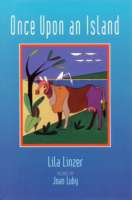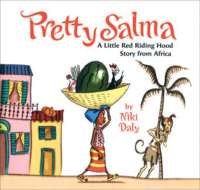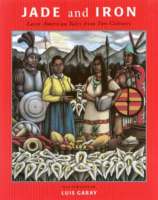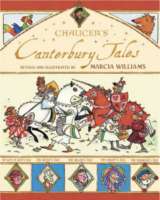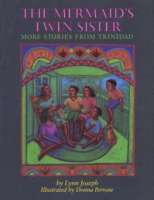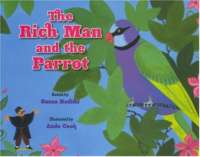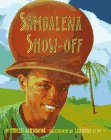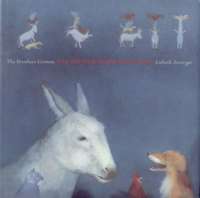
This is the classic tale of four beleaguered animals—a donkey who can no longer work, a hound who can no longer hunt, a cat who’s too old to chase mice, and a rooster who’s scheduled to become dinner—who decide to run off to be musicians in the town of Bremen. But they get more than they bargained for when they stumble upon a frightful gang of robbers.

